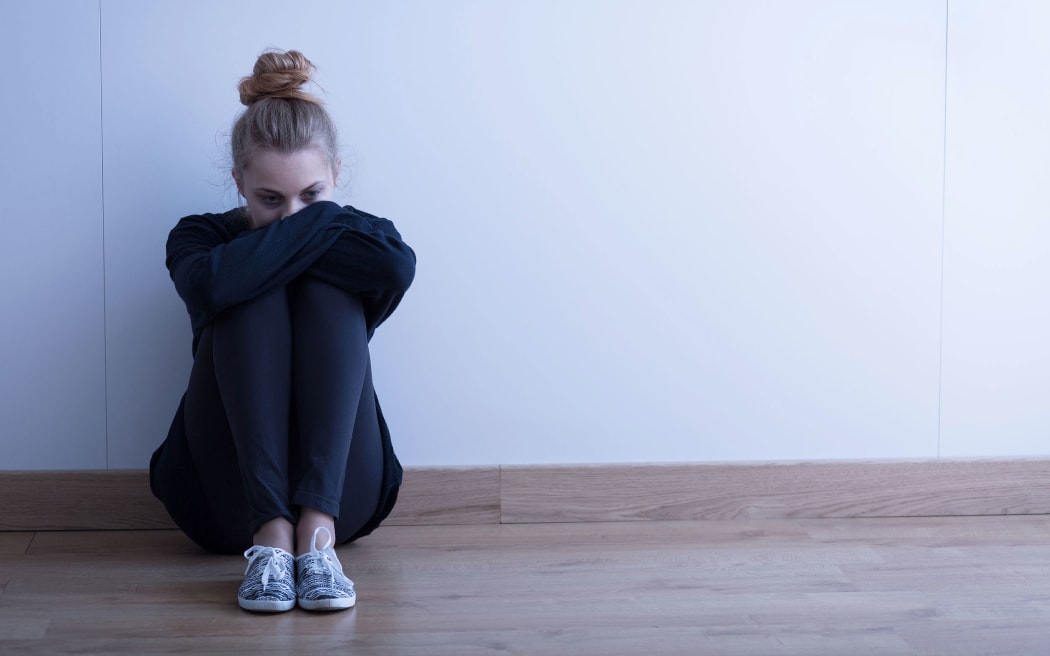The true number of people who kill themselves may be considerably higher than those reported as suicide, says the former chief coroner.

Suicide accounts for a third of all deaths in those aged 15-24 and New Zealand’s youth suicide rate is the highest in the OECD. Photo: 123RF
The latest figures show 564 people committed suicide in the year to July last year - the highest number since records began eight years ago.
People in their early 20s made up the largest portion, with 61 deaths.
But Judge Neil MacLean told Morning Report that figure did not include “self-inflicted deaths” that did not meet the legal definition of suicide.
He says a person who has taken a large amount of poison, for example, may appear to have committed suicide but in fact, it might not have been their intention to die.
“Depending on the state of mind of the person, their age and what’s going on in the background, it could be more of what sometimes is called a ‘cry for help’ rather than actually thinking it through.”
“Not all self-inflicted deaths are suicide”, he says.
As a result, the true number of self-inflicted deaths may be considerably higher than those reported as suicide, since a suicide ruling has to meet a particular legal standard, and it must be clear the person intended to take their own life.
"Suicide is a legal term. As such, it's useful up to a point, but if you just focus on those cases which are found by a coroner to be a suicide, you may well be missing the bigger picture of self-harming, destructive self behaviour-types of deaths that actually occur.”
READ MORE ON MENTAL HEALTH:
- Data visualisation: Suicide statistics
- Turned away in a crisis
- Locked up in seclusion
- Better mental health starts with being kind
- Asking for help with mental health
Maori men continue to be disproportionately represented in New Zealand’s suicide statistics, with 93 deaths last year.
Mental Health Foundation cheif executive Judi Clements says other vulnerable groups include Pacific Islanders, people living in areas of socio-economic deprivation and LGBTI people.
“Suicide is complex, and it's not always possible to determine the causes of suicide or suicidal ideation."
She notes someone may be at higher risk if they suffer from things like mental illness, addiction, abuse, major grief or illness.
“We need to listen to our communities to find out what they need to prevent suicide. We all have a role to play in suicide prevention, and educating people about what to do when they’re worried about someone, and how we can support each other is crucial to lowering our suicide rate.”
If you need to talk to someone about your own mental health, try these helplines. If it is an emergency, call 111.
Lifeline - 0800 543 354
Depression Helpline - 0800 111 757
Healthline - 0800 611 116
Suicide Crisis Helpline (aimed at those in distress, or those who are concerned about the wellbeing of someone else) - 0508 828 865 (0508 TAUTOKO)
Youthline - 0800 376 633, free text 234 or email talk@youthline.co.nz

